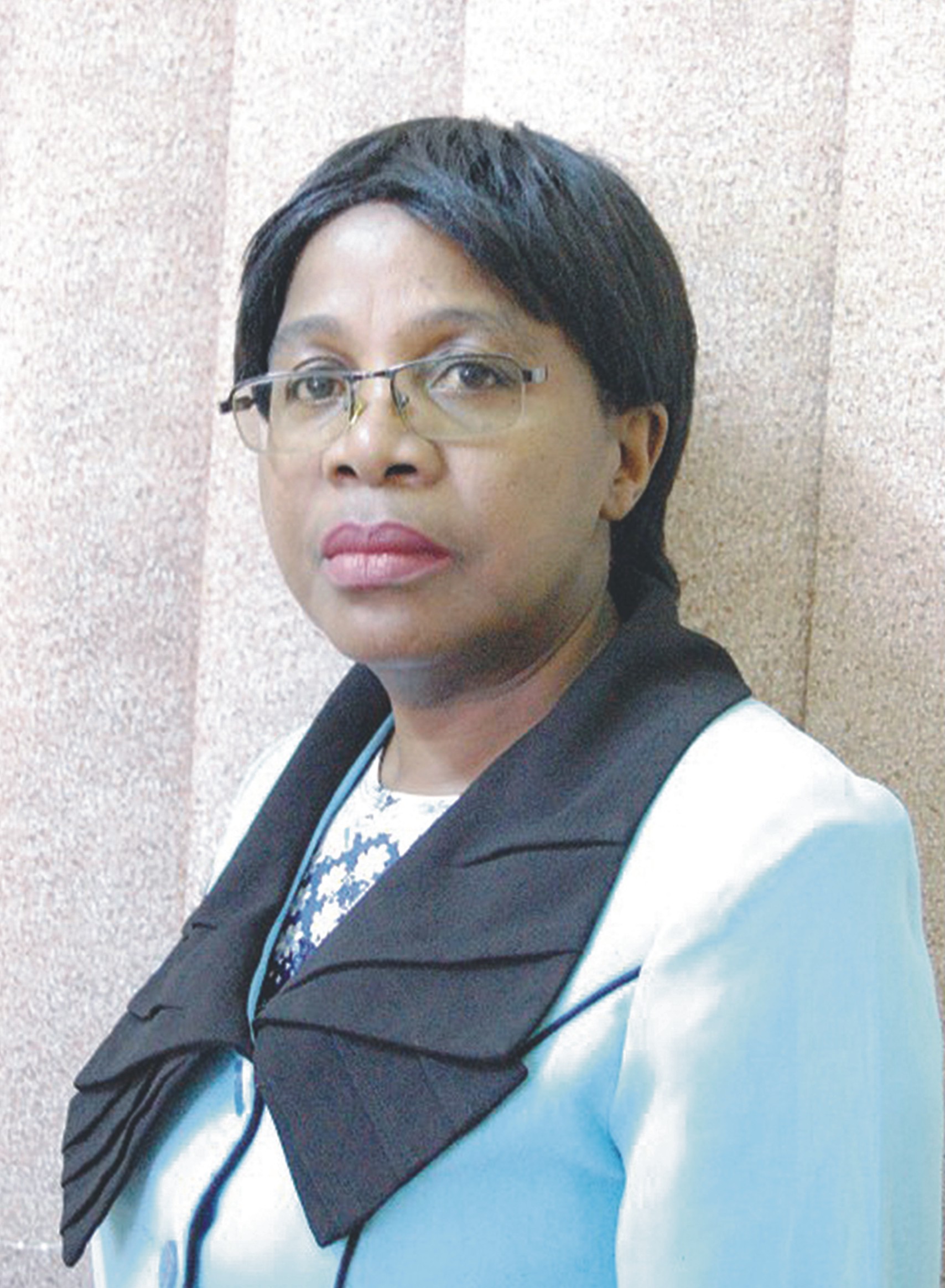THIS month marks 70 years since Dag Hammarskjöld was sworn in as the second Secretary-General of the United Nations (UN).
He reigned from April 10, 1953 to September 18, 1961 when he died in a plane crash near Ndola in then Northern Rhodesia (now Zambia) while on a peace mission in Zaire, now Democratic Republic of Congo (DRC).
Dag Hammarskjöld, after whom our institute is named, was Swedish and was born in Jönköping. He grew up in Uppsala at Uppsala Castle and was the fourth and youngest son of Hjalmar Hammarskjöld.
On March 31, 1953, the Security Council voted to recommend Hammarskjöld to the General Assembly at which nationalist China abstained.
Shortly after midnight on April 1, 1953, Hammarskjöld received a telephone call from a journalist with the news, which he dismissed as an April Fool’s Day joke.
However, after the third phone call, he believed the news.
Hammarskjöld accepted the nomination after consulting with the Swedish Cabinet and his father.
He was modest in his response to the Security Council.
He stated: “With a strong feeling of personal insufficiency, I hesitate to accept the candidature, but I do not feel I could refuse to assume the task imposed on me should the [UN General] Assembly follow the recommendation of the Security Council by which I feel deeply honoured.”
As UN Secretary General, Dag Hammarskjöld shaped many of the fundamental principles and practices of international organisations.
These include preventive diplomacy, ethics of international civil service, impartiality and neutrality.
The rest of this article focuses on preventive diplomacy and how Dag Hammarskjöld’s successors, as secretary generals of the UN themselves, have embraced it.
Preventive diplomacy was foreshadowed by Article 99 of the UN Charter, which allowed the Secretary General to take to the Security Council’s attention threats to international peace and security.
First UN Secretary General Trygve Lie used Article 99 to collect information about situations, to establish contacts with the concerned parties, to send envoys to analyse situations, and to do whatever he could to manage crises of international concern.
However, Dag Hammarskjold focused on preventive diplomacy, and since he first came up with the concept of preventive diplomacy more than half a century ago, the idea that diplomatic engagement can turn aside violent conflict has been at the heart of the UN.
Over the past three decades, the nature of armed conflict has changed vividly, and today’s diplomats appear to be confronted with a far more multifaceted range of actors than ever before, such as intra-state dynamics and global risks.
As different parts of the world are experiencing the need to prevent violent conflict before it starts, the UN’s stress on preventive diplomacy must be every country’s priority as well.
U Thant, Hammarskjöld’s immediate successor, further promoted it. He prevented a nuclear confrontation regarding the Cuban Missile Crisis.
Later, Secretary General Javier Pérez de Cuéllar acted successfully to provide alerts to the Security Council over situations that breached international peace and security.
He sent a fact-finding mission to Bulgaria and Turkey in 1989 to end a dispute between the two countries.
He suggested the maintenance of a global watch over threats to human security and welfare, and
further established a unit meant to collect and analyse information intended to help his office.
Next, Boutros Boutros-Ghali, an Egyptian and first African UN Secretary-General, facilitated the first-ever summit in January 1992 of the Security Council which requested a report from him on the future role of the UN in conflict prevention, peace-making, and peacekeeping.
He submitted a now-famous An Agenda for Peace statement.
The UN (1992) Agenda for Peace stated that preventive diplomacy specifically refers to “action to prevent disputes from arising between parties, to prevent existing disputes from escalating into conflicts, and to limit the spread of the latter when they occur”.
According to Boutros-Ghali, preventive diplomacy needed procedures to create confidence such as early warning based on information-gathering and informal or formal fact-finding. He engaged preventive diplomacy when he appealed to Eritrea and Yemen to settle their disputes peacefully and
further encouraged establishment of the first-ever preventive deployment of UN peacekeepers in the former Yugoslav Republic of Macedonia.
Kofi Annan, the Ghanaian and second African Secretary-General, furthered the work of his predecessors, beginning with Dag Hammarskjöld, by submitting three reports on preventive diplomacy.
He applied it in the border conflict between Cameroon and Nigeria over the Bakassi Peninsula.
Following him, Ban Ki-moon took preventive diplomacy forward at the UN by giving courageous leadership on the issue of global climate change which he put firmly into the category of preventive diplomacy.
He also submitted reports to the General Assembly on preventive diplomacy. And currently as Secretary General, Antonio Guterres himself urges conflict prevention and ‘diplomacy for peace’.
In his own words, “we must make prevention our priority”.
In essence, the legacy of Dag Hammarskjöld which started during his tenure as second UN Secretary General some 70 years ago still lives on.
That was evidenced in how his successors, as secretary generals of the UN, made use and still make use of his principles and practice of preventive diplomacy with its emphasis on ‘stopping the conflict and especially violence from happening’.
That is, for peace to prevail in the world – be it here in Zambia, in Africa or any place elsewhere in the world – preventive diplomacy could and should still be considered one of the fundamental principles and practices to embrace and enforce.
The author is a research fellow at Dag Hammarskjöld Institute for Peace and Conflict Studies, Copperbelt University…https://enews.daily-mail.co.zm/welcome/home


